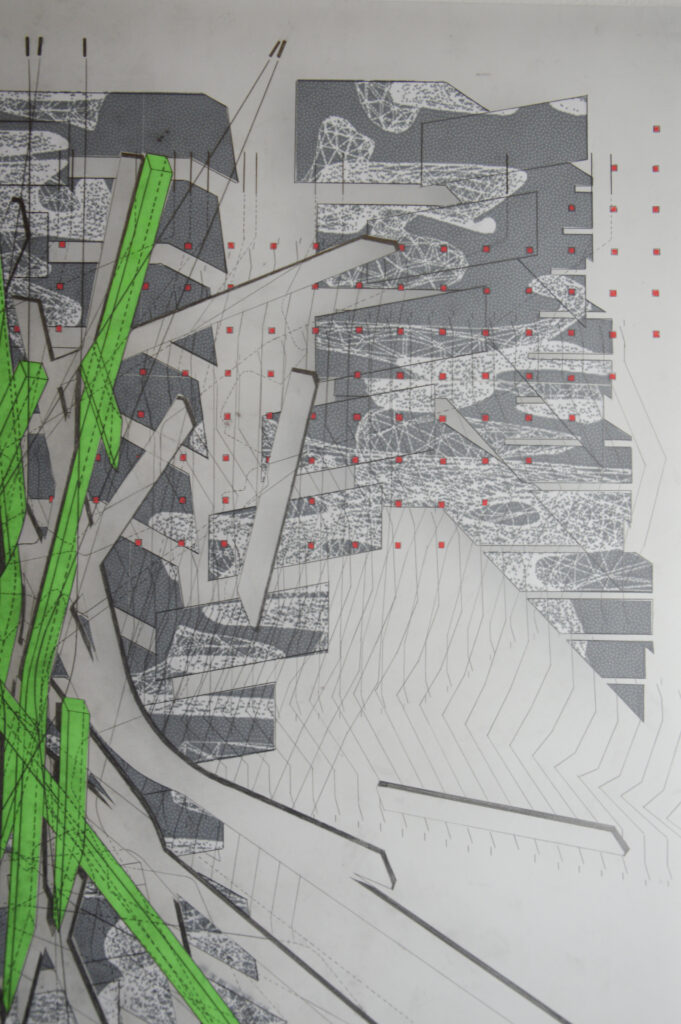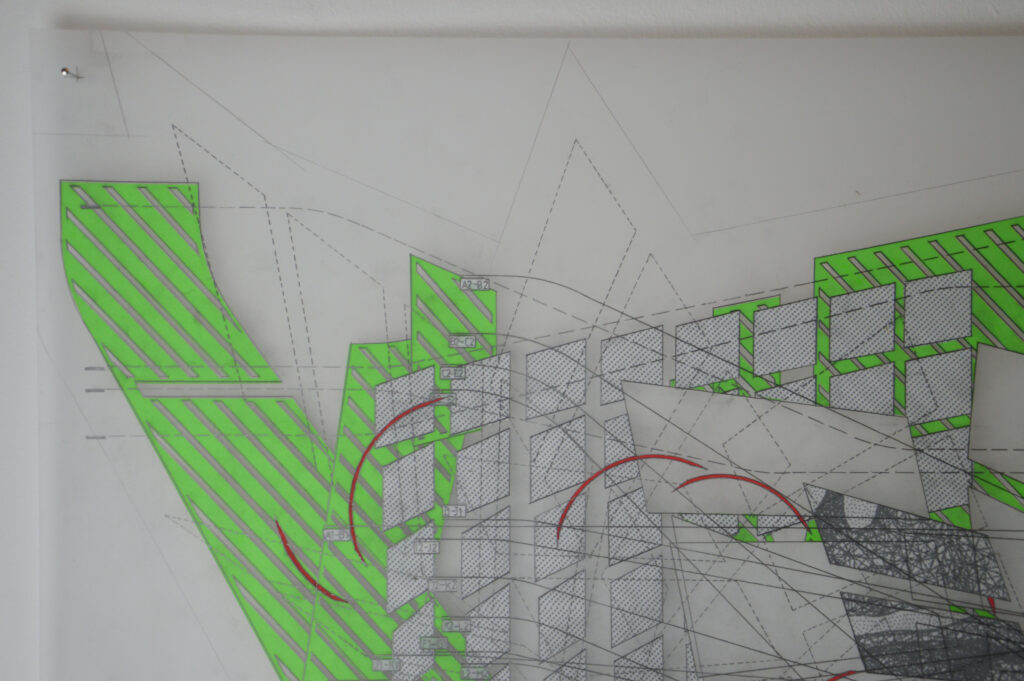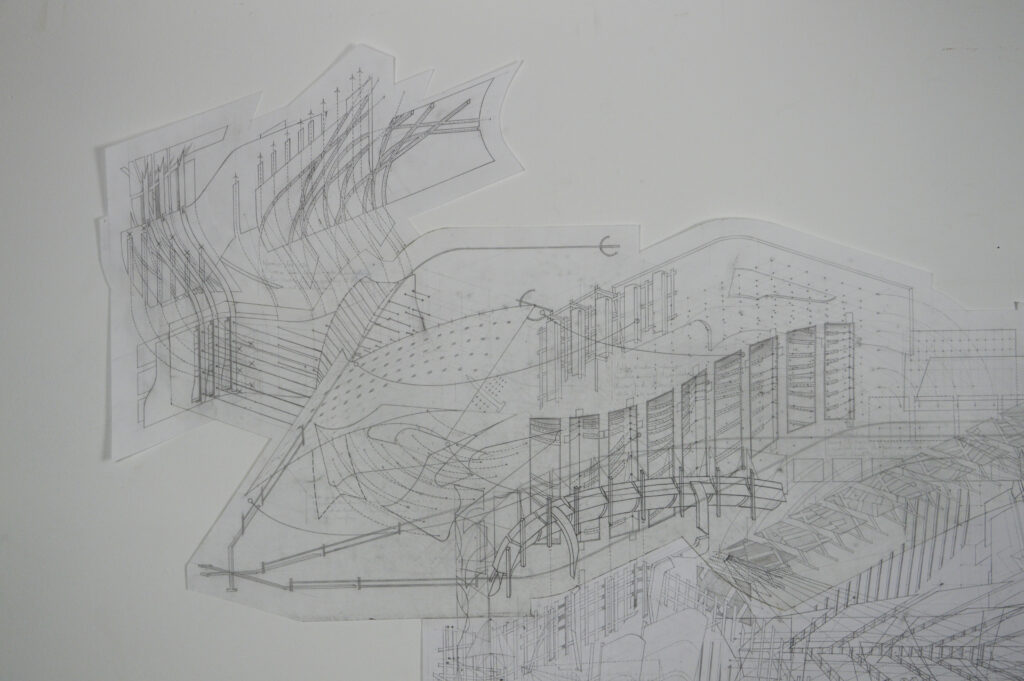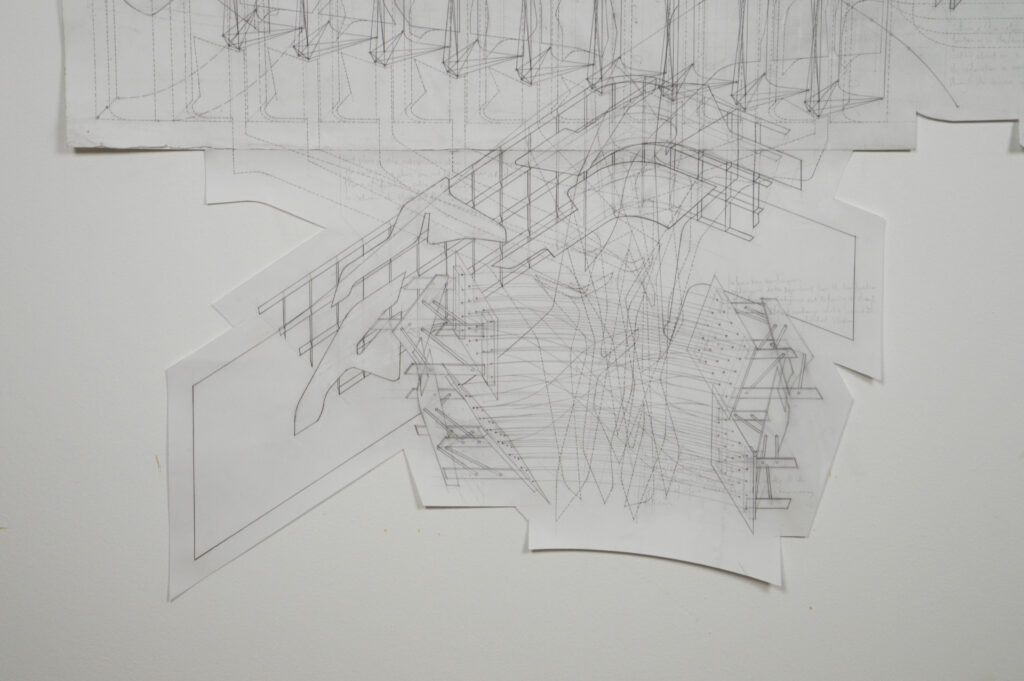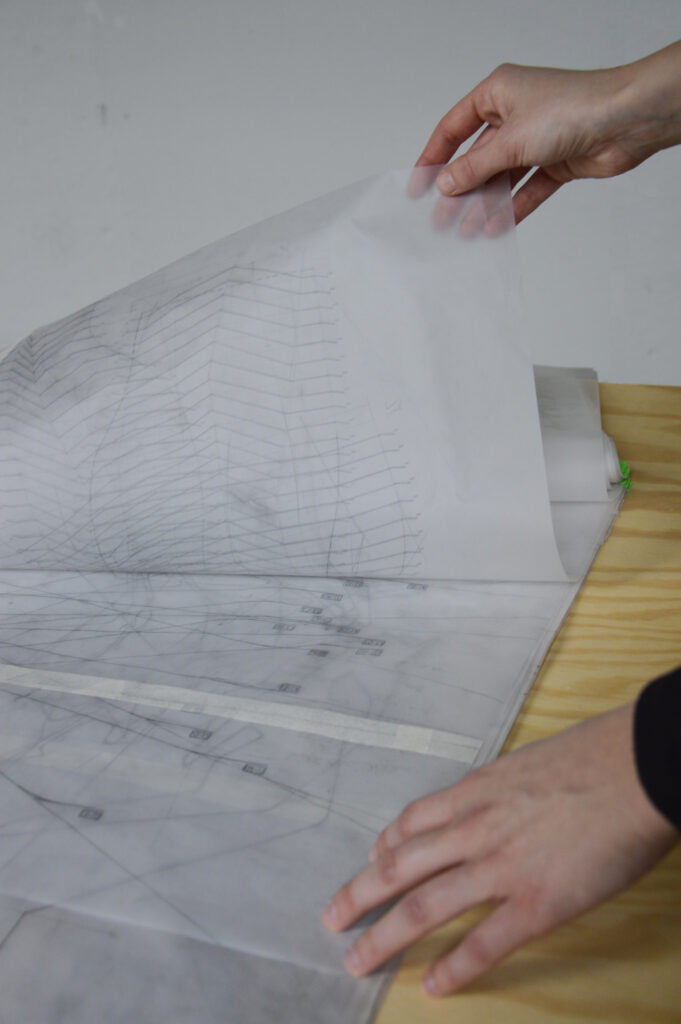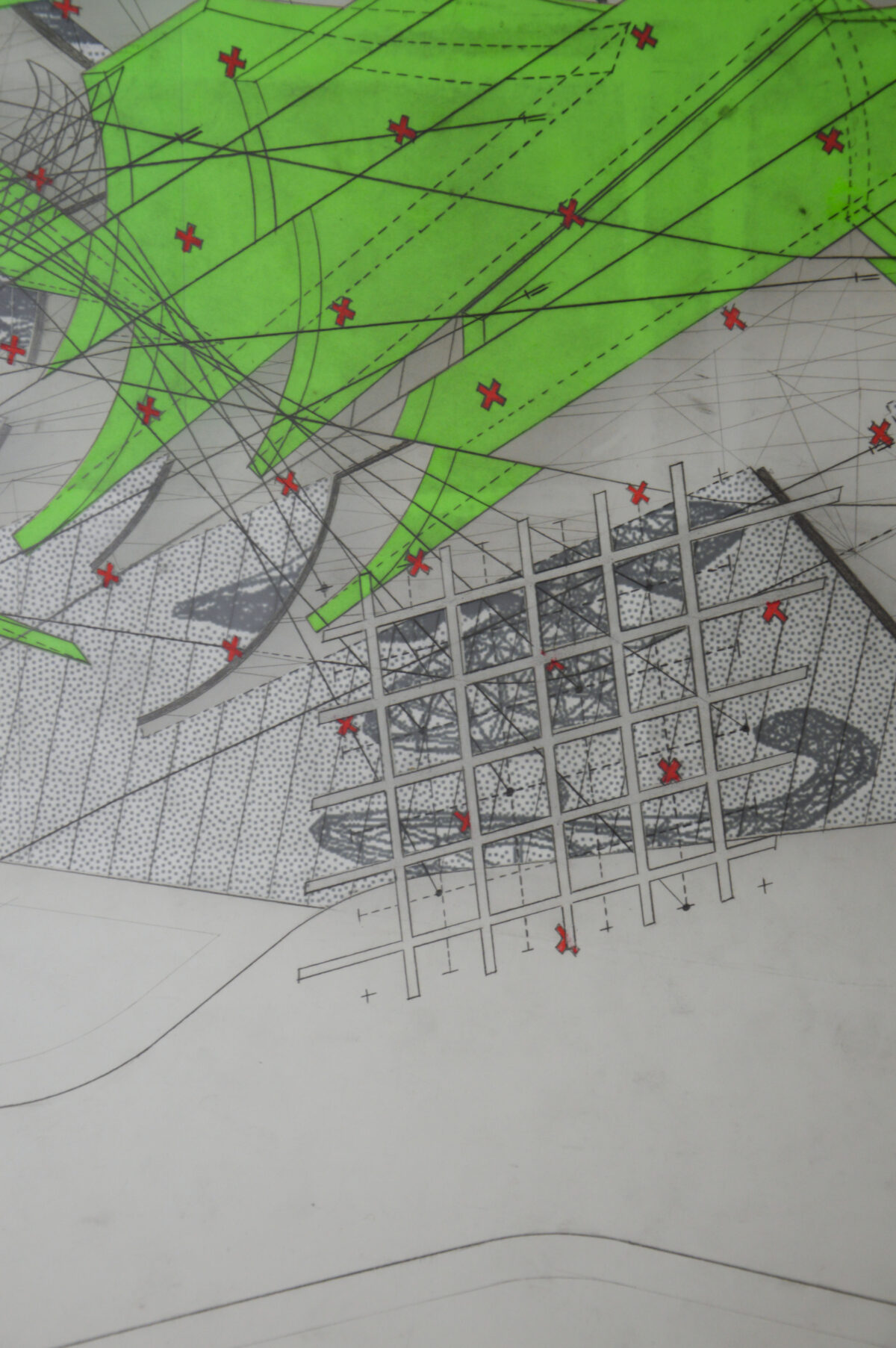SYSTEMS OF THE IN-BETWEEN
The altering, transforming and [re]constructing of visual realities, occurring between pre-, postproduction and means of projection.
At a time where digitally altered realities start forming an increasingly bigger part in our physical environment, the complexity of this virtual world is steadily increasing to the level of our physical and natural one. The augmenting layer of the virtual transforms, augments, and distorts without one having the faintest discern. The earliest and maybe most graspable form of reality production is through movies. Scenes are set in-between the physical reality and the post-physical one, varying in gradation and layers on which digital alteration is acting.
The project ‘Systems of the In-between’ is situated within these circumstances. It’s an attempt to investigate possible reality constructions in both the spatial and the planar realm. An exploration of the conditions in-between the pre-, postproduction, and the means of transmission. The physical space of the movie set, the film studio, the green-screen set environment is the clearest spatial representative of the digital appropriation of our environment. It can be seen as a physical space producing realities, a machine that can be entered, to experience this new reality or to at least project yourself inside of it. The invisible mechanisms are present in the form of filters, software, and the effects it produces. Altering and overlaying the recording of the physical environment and transforming it into a post-reality. Inside of the studio these mechanisms collide, they distort or transform physical recordings, transmitting and projecting these fictional post-realities as actual ones.
The intermediary studio is conceived as a space where the interstices of the virtual and the actual influence each other. The drawing works as a laboratory for the spatial exploration of structures, effects, instruments, and information flows. A dense entanglement of possible spatial and cinematographic relations, modifications, and projections. The cohort of capturing instruments, possible altering processes, background planes, structuring grids, bending perspectives and sequential transformers are placed into this drawing following a composition that could possibly answer or add to questions like ‘What if elements hidden behind the greenscreen of the constructed studio act as spatial rules?’, ‘What if digitally altering effects were to be composed by a physical structure or machine?’
Within the Intermediary Set drawings, a consolidation of a timeline, plan, elevation, orthographic and perspective view evolve from one format to the next, overlapping and shifting its contents investigating the possibilities of combined projection onto a drawing surface. The drawings explore specificities within the intermediary studio. Extracting components, processes and spatial situations from the studio drawing and reconstructing it within a specific situation. Rules are added to these situations, inhabiting them in the form of notational elements, defining trajectories and behaviour of the mechanisms in the drawing. They reveal possible dynamics and generate the potential for an animated evolution of the spatial and transmissional conditions within it.
